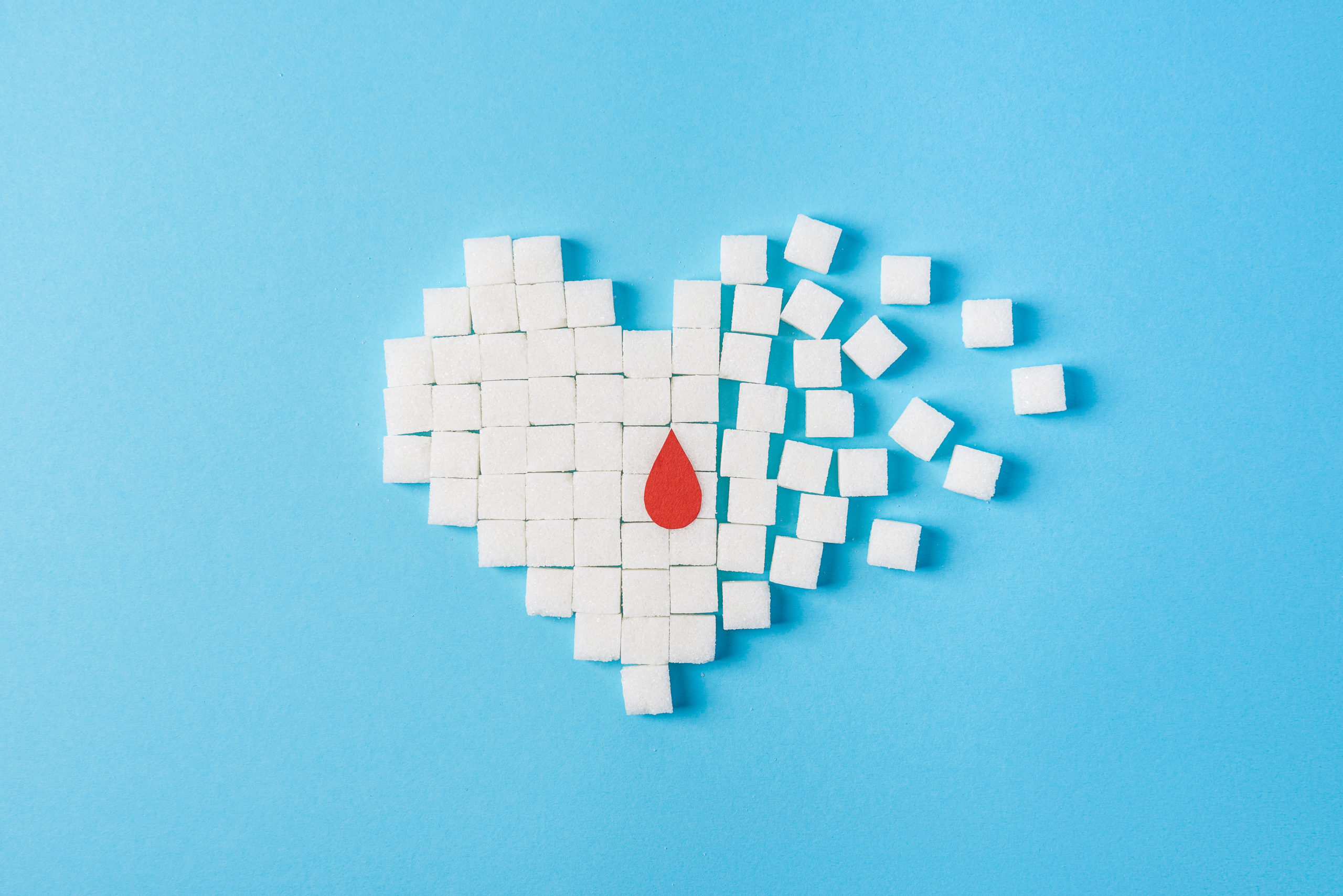By Helen Harris
Diabetes: A complex disease often thrown into a “catchall” category, associated with concepts such as high sugar
intake, obesity, high cholesterol, motorized scooters and amputations.
No doubt, these are the traits of many who have diabetes. But there is more than one type of diabetes, and, to understand prevention (or genetic predisposition), the first step is understanding the types and their traits.
Prediabetes
What is it? The CDC explains in its article, “Prediabetes—Your Chance to Prevent Type 2 Diabetes,” that prediabetes is not to be taken lightly. If a person has received this diagnosis, this is the time to prevent further health deterioration. “Prediabetes is a serious health condition where blood sugar levels are higher than normal, but not high enough yet to be diagnosed as Type 2 diabetes. Approximately 88 million American adults—more than 1 in 3—have prediabetes.
Of those with prediabetes, more than 84% don’t know they have it. Prediabetes puts you at increased risk of developing Type 2 diabetes, heart disease and stroke,” warns the CDC.
Now that it’s clear what prediabetes is, who does it generally affect?
The CDC stresses the importance of getting a blood sugar test if any of the following factors are relevant to an individual:
Being overweight
Being 45 years or older
Having a parent, brother or sister with Type 2 diabetes
Being physically active less than three times a week
Either having gestational diabetes (diabetes during pregnancy) or giving birth to a baby who weighed more than 9 pounds
Having polycystic ovary syndrome
Bodies are resilient, and with a decent amount of determination and willpower, the upside to a diagnosis of prediabetes is that it is a call to action before a Type 2 diabetes diagnosis sets in.
Here are some ways, according to Healthline’s “8 Lifestyle Tips to Help Reverse Prediabetes Naturally”:
Eat a clean diet
Exercise regularly
Lose excess weight
Stop smoking
Eat fewer carbs
Treat sleep apnea
Drink more water
Work with a dietician nutritionist
Type 1 Diabetes
Type 1 diabetes is less common than the diagnoses of prediabetes that could lead to Type 2 diabetes. A person who has been diagnosed with Type 1 diabetes has an insulin shortage. In “What is Type 1 Diabetes?” the CDC explains, “If you have Type 1 diabetes, your pancreas doesn’t make insulin or makes very little insulin.
Without insulin, blood sugar can’t get into cells and builds up in the bloodstream. High blood sugar damages the body and causes many of the symptoms and complications of diabetes.”
This sector of diabetes is more common in children, teens and young adults, but it can develop at any age.
There is no way to prevent Type 1 diabetes yet, and a simple blood test can determine if a person has the disease or not.
The CDC advises, “It can take months or years for enough beta cells to be destroyed before symptoms of Type 1 diabetes are noticed. Type 1 diabetes symptoms can develop in just a few weeks or months. Once symptoms appear, they can be severe. Some Type 1 diabetes symptoms are similar to symptoms of other health conditions. Don’t guess—if you think you could have Type 1 diabetes, see your doctor right away to get your blood sugar tested. Untreated diabetes can lead to very serious—even fatal— health problems.”
Type 1 Diabetes is managed with insulin shots and a well-balanced lifestyle.
Type 2 Diabetes
When a person hears “diabetes,” this is probably the type that comes to mind, and the reason is valid: It’s the most common type. On its Type 2 diabetes resource page, the CDC states that of the 34 million Americans having diabetes, approximately 90-95% of them have Type 2 diabetes.
What’s the cause of this disease plaguing the American masses? In just three words, high blood sugar. The CDC states, “If you have Type 2 diabetes, cells don’t normally respond to insulin; this is called insulin resistance. Your pancreas makes more insulin to try to get cells to respond. Eventually, your pancreas can’t keep up, and your blood sugar rises, setting the stage for prediabetes and Type 2 diabetes. High blood sugar damages the body and can cause other serious health problems, such as heart disease, vision loss and kidney disease.”
A simple blood test will be able to determine if a patient has Type 2 diabetes. All of the preventative measures listed in the prediabetes list should still be followed, even after a Type 2 diabetes diagnosis.
Health professionals are involved regularly to keep up with necessary bloodwork, but the ball is in the patient’s court.
“Unlike many health conditions, diabetes is managed mostly by you, with support from your health care team … Managing diabetes can be challenging, but everything you do to improve your health is worth it!” encourages the CDC.
Gestational Diabetes Mellitus (GDM)
Sometimes diabetes occurs during pregnancy and is caused by the hormones produced by the placenta. To state it more specifically, according to John Hopkins Health, “… a lack of insulin does not cause gestational diabetes, but by other hormones produced during pregnancy that can make insulin less effective, a condition referred to as insulin resistance. Gestational diabetic symptoms disappear following delivery. Approximately 3-8% of all pregnant women in the United States are diagnosed with gestational diabetes.”
Any woman can develop GDM, but some risk factors cited by John Hopkins Medical that may put her at increased risk include the following:
Overweight or obese
Family history of diabetes
Having given birth previously to an infant weighing greater than 9 pounds
Age (women who are older than 25 are at greater risk)
Race (African-American, American Indian, Asian American, Hispanic or Latino or Pacific Islander may have a higher risk)
Prediabetes
Per the CDC, treatment for GDM includes going to all prenatal appointments and doing the following:
Checking your blood sugar
Eating healthy food in the right amounts at the correct times
Being active
Monitoring your baby
If blood sugar levels remain high despite following a plan, a doctor may prescribe insulin, metformin or other medication.








Leave A Comment